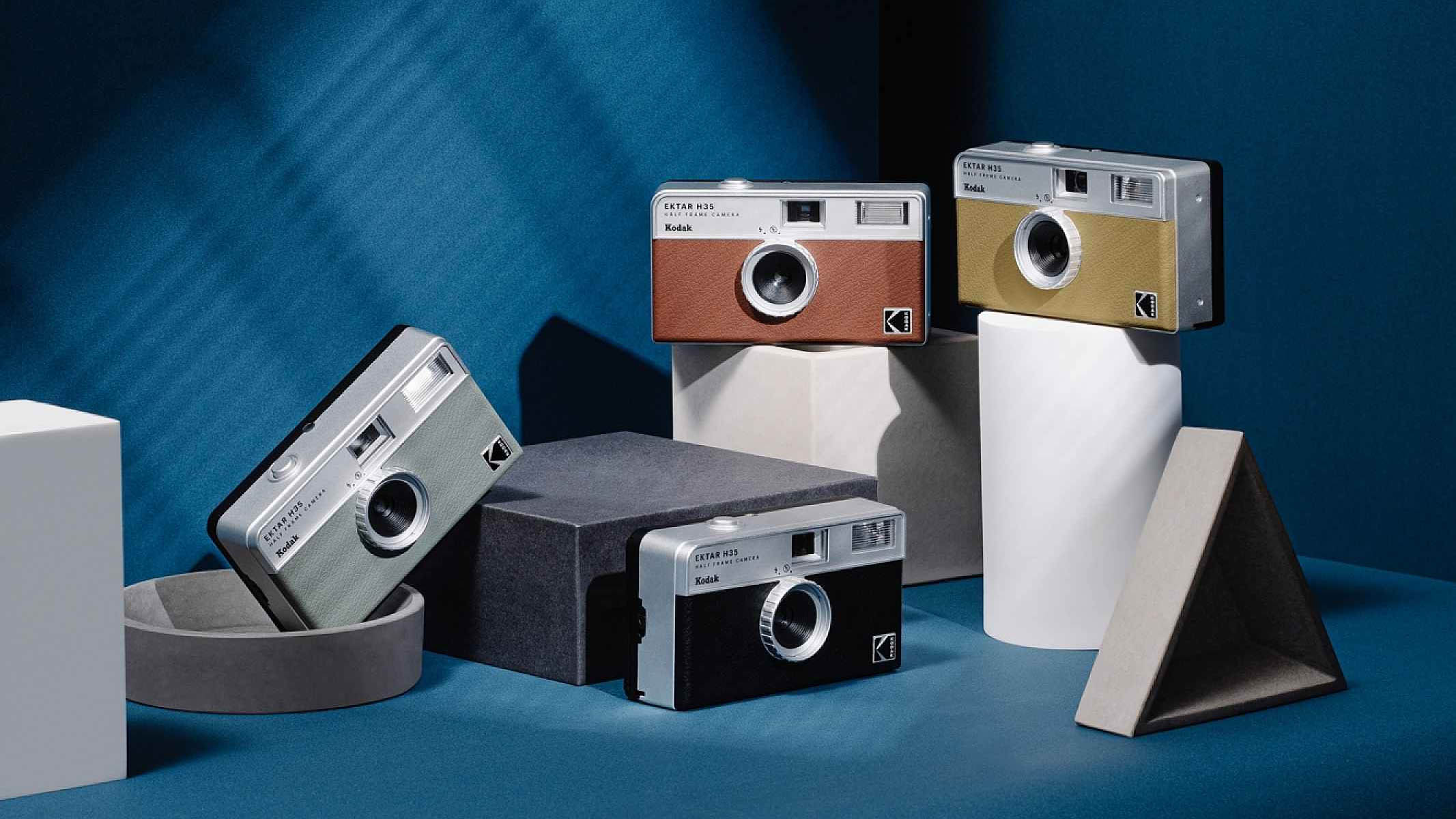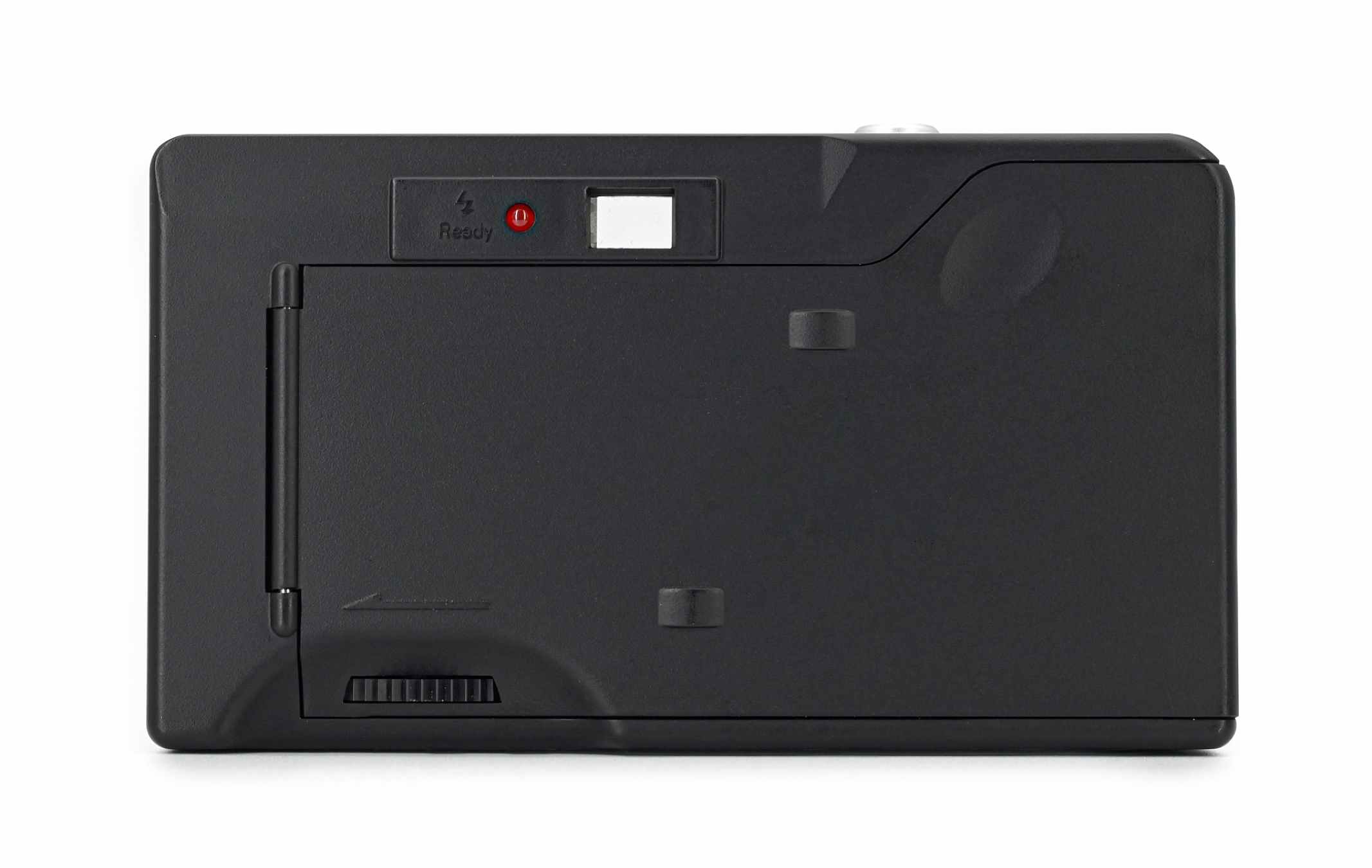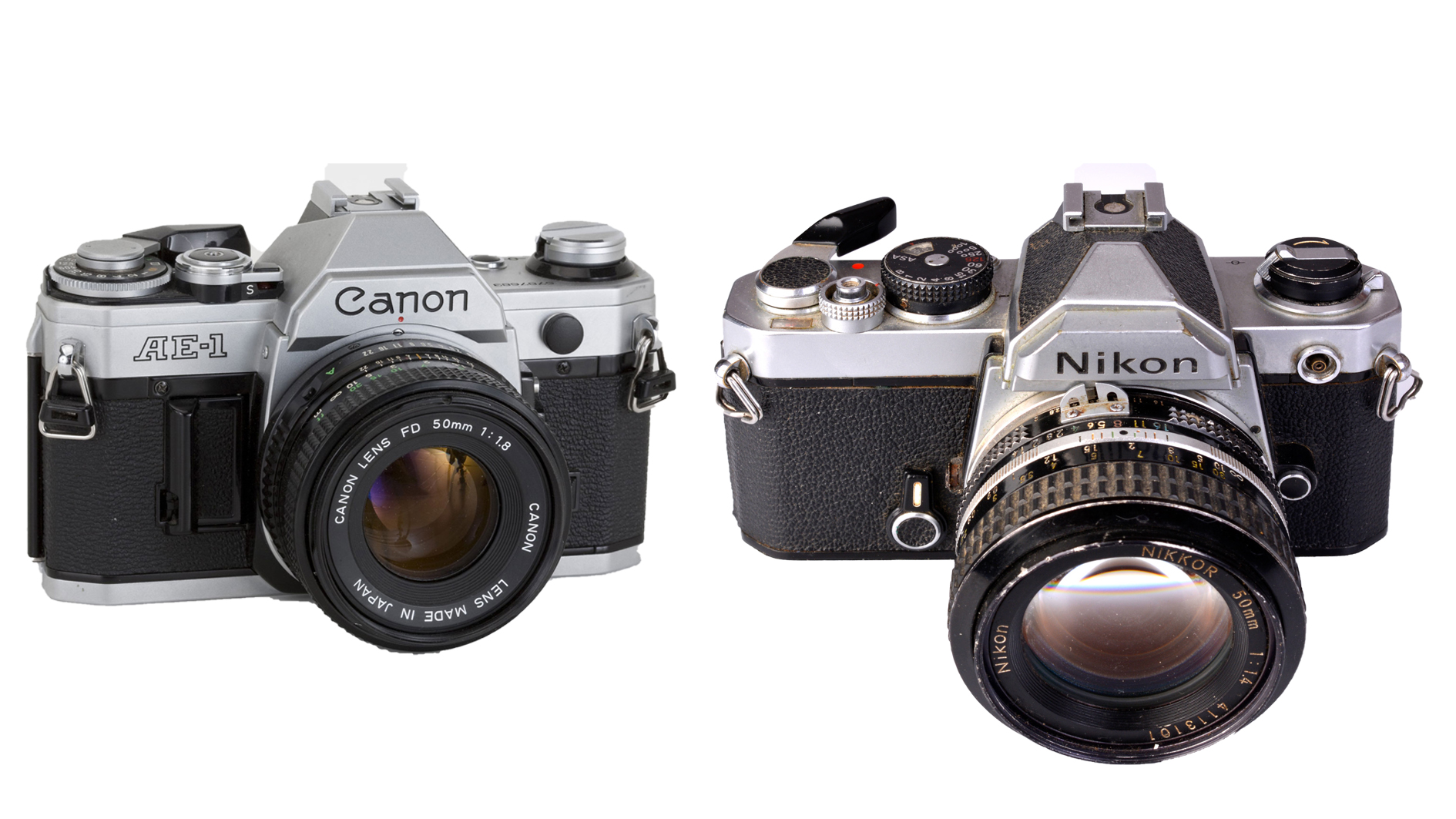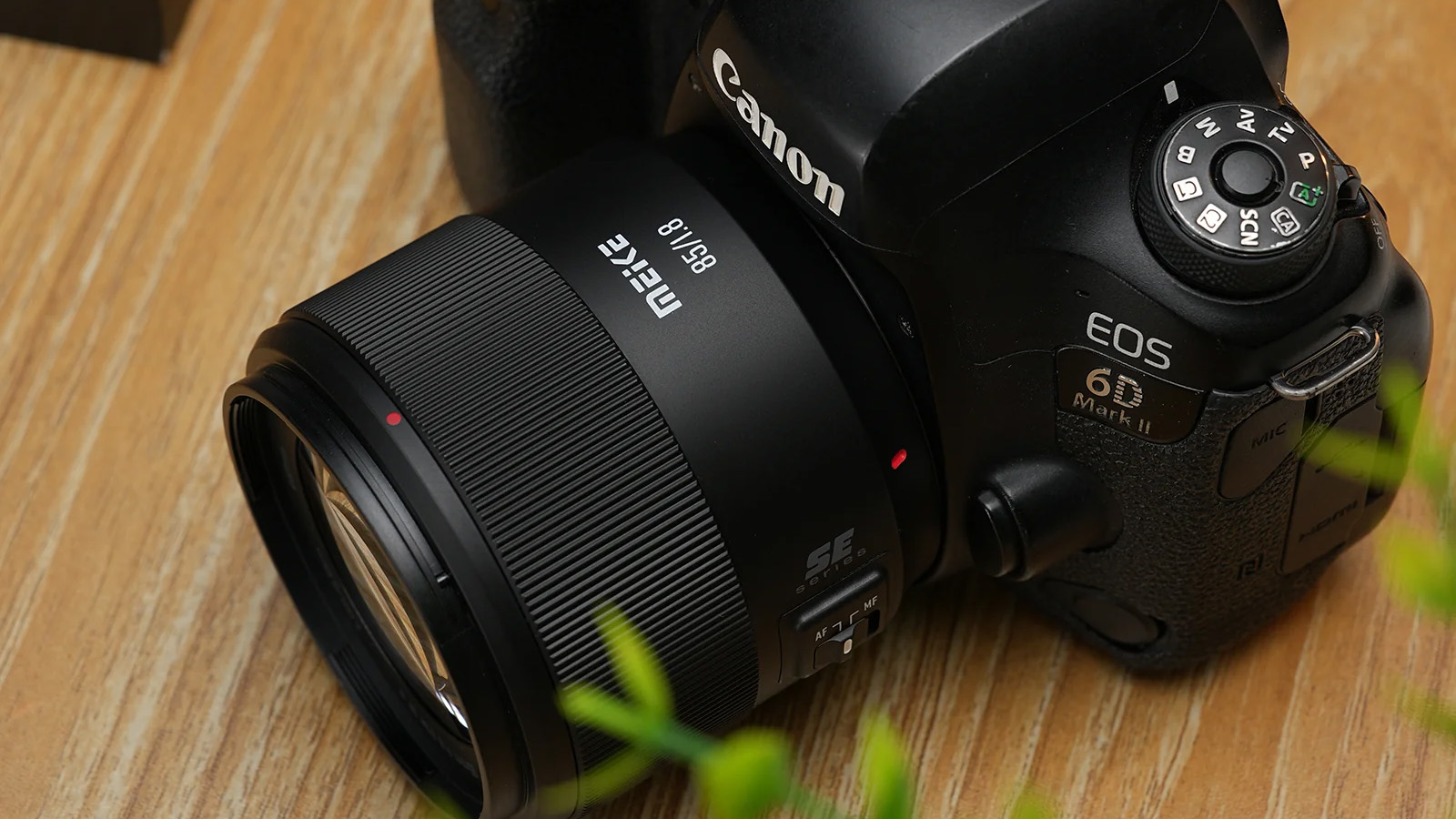Do we REALLY need half-frame film cameras like the Kodak Ektar H35?
Here's why I think the Kodak Ektar H35 half-frame film camera is a joke in this day and age

Film cameras are making a resurgence. However, it isn't just vintage cameras that are being restored and reused; we've also got the new Kodak Ektar H35, which is a half-frame camera. Surely this is just a waste of time, though?
It was just announced that Pentax is developing new film cameras, and Leica has brought back its legendary Leica M6 film body. So, with so many options available on the market (including the best film cameras from yesteryear), why does anyone want a half-frame camera like the new Kodak Ektar H35?
The Kodak Ektar H35 uses the slogan, "Half the frame, Double the fun", with its marketing material suggesting that this camera and half-frame film cameras, in general, are perfect for beginners. And I think that's just plain wrong!
Yes, you get more frames on a 35mm roll, roughly 72 compared to the standard 36 images per roll (or 38 if you load your film right). But quite frankly, who on Earth is going to develop your half-frame photos these days? Okay, maybe the American market has a few labs that will know how to develop half-frames properly, but even in the heyday of half-frame shooting it was tricky to find a lab that would do it right.
My best advice to anyone wanting to take up film is to start with a true 35mm camera, like the Nikon FM2 or Canon AE-1, where you can really discover the thrills and spills of film photography.
In stark contrast there is the Kodak Ektar H35 – and at $49.99 / £49.99 / AU$99.95 that plastic box really is not worth your hard-earned cash. For that money you can pick up a good 35mm film camera from reputable brands such as Nikon, Pentax, Olympus, Minolta or Canon, quite often with a mint example. Or if you're willing to put up with some wear, you can even get a camera with a 50mm lens – which will teach you so much more than that plastic toy!
For those that are reading this in anger, saying film is so expensive these days and that half-frame cameras allow more bang for your buck, I'm afraid to say that film prices are always going up – so you might have to switch out color for black-and-white, or ultimately just bite the bullet and go digital.
The best camera deals, reviews, product advice, and unmissable photography news, direct to your inbox!
There are many options out there to keep you involved within the analog space, but please don't anger the film gods by choosing a half-frame camera. It shouldn't be your first choice or your last choice; there are much better options out there, so save your money and invest it wisely in a great 35mm camera that can shoot 36 wonderful frames.
If this article has been interesting you might want to take a look at our best 35mm film guide, while also taking a look at our best film camera guides to help you make the right choice to step into the analog community.

For nearly two decades Sebastian's work has been published internationally. Originally specializing in Equestrianism, his visuals have been used by the leading names in the equestrian industry such as The Fédération Equestre Internationale (FEI), The Jockey Club, Horse & Hound, and many more for various advertising campaigns, books, and pre/post-event highlights.
He is a Fellow of the Royal Society of Arts, holds a Foundation Degree in Equitation Science, and holds a Master of Arts in Publishing. He is a member of Nikon NPS and has been a Nikon user since his film days using a Nikon F5. He saw the digital transition with Nikon's D series cameras and is still, to this day, the youngest member to be elected into BEWA, the British Equestrian Writers' Association.
He is familiar with and shows great interest in 35mm, medium, and large-format photography, using products by Leica, Phase One, Hasselblad, Alpa, and Sinar. Sebastian has also used many cinema cameras from Sony, RED, ARRI, and everything in between. He now spends his spare time using his trusted Leica M-E or Leica M2, shooting Street/Documentary photography as he sees it, usually in Black and White.


